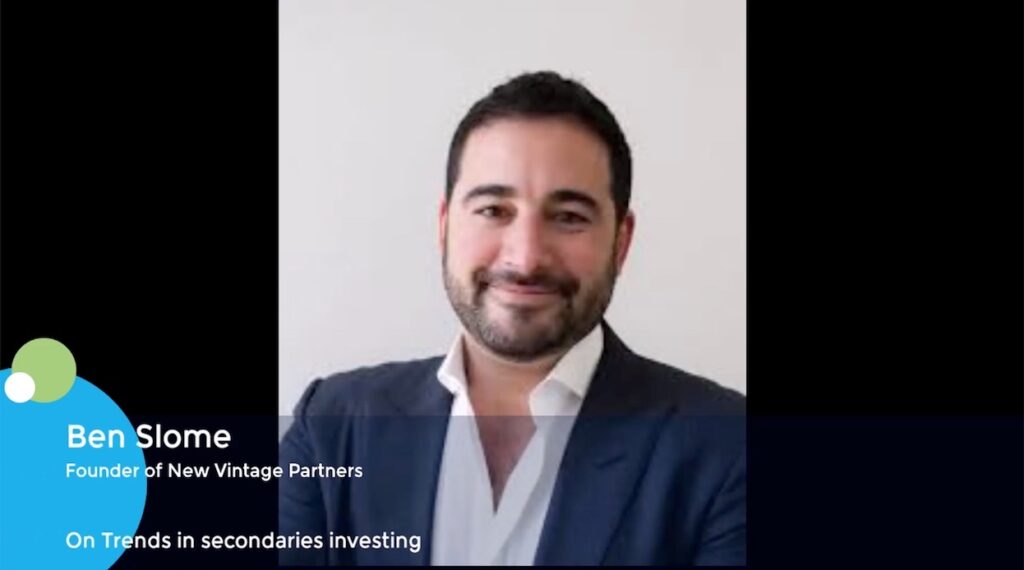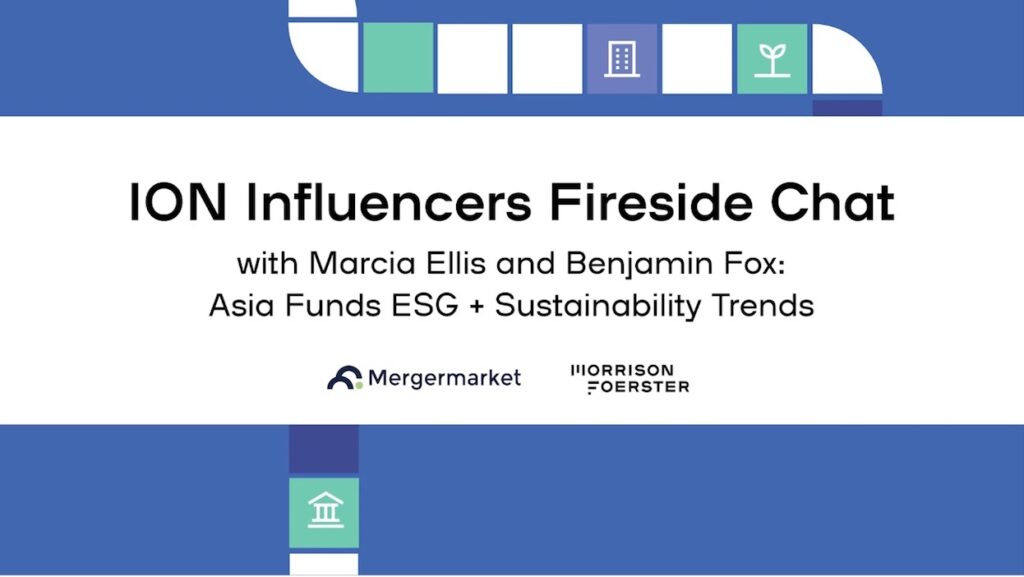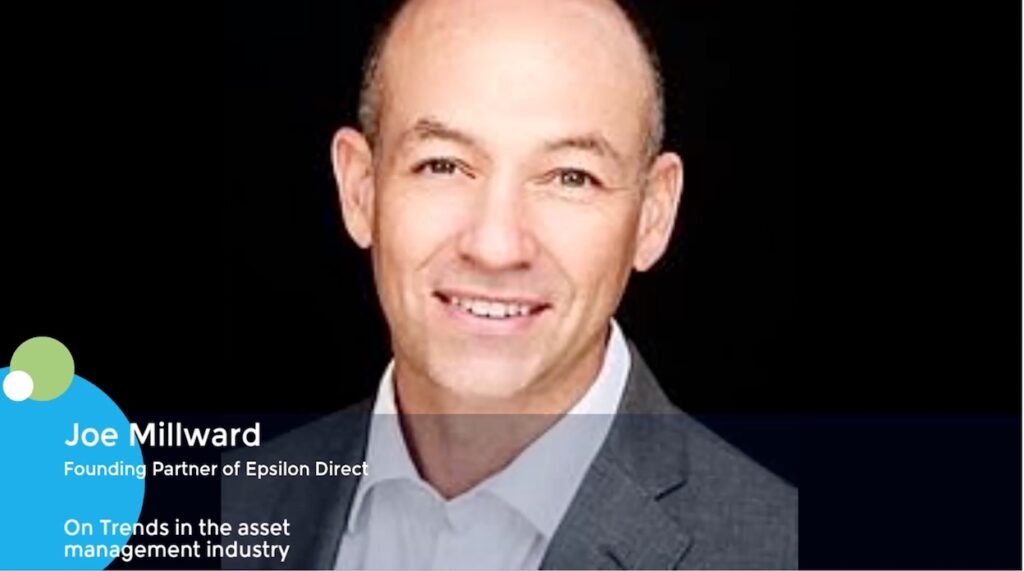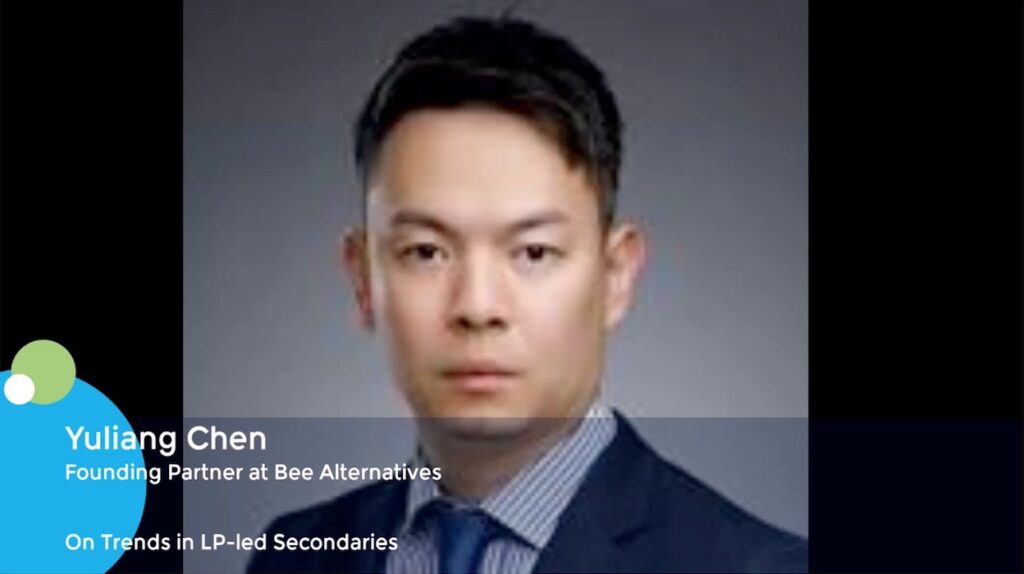One Equity Partners expands global LP base with USD 3.25bn Fund IX, eyes carve-out opportunity
- More than 50% raised from non-US investors
- Carveouts in industrials, tech and healthcare drive deal pipeline
Increased investor participation from Europe, the Middle East and Asia helped One Equity Partners close its ninth buyout fund at the USD 3.25bn hard cap.
Fund IX attracted more than half of its capital from international LPs, a notable shift from the firm’s 2021 vintage USD 2.75bn fund, which leaned more heavily on US-based investors.
The Middle East saw the largest increase in commitments, accounting for roughly 30% of Fund IX, followed by Europe at around 20%, and Asia at approximately 8%.
“In Europe, LPs are moving down-market from larger investments,” said David Lippin, a partner and head of investor relations at OEP. “In the Middle East, there’s growth in assets under management (AUM), which gives us a natural tailwind. In parts of Asia—like Korea and Japan—we’re seeing the same trend: expanding AUM.”
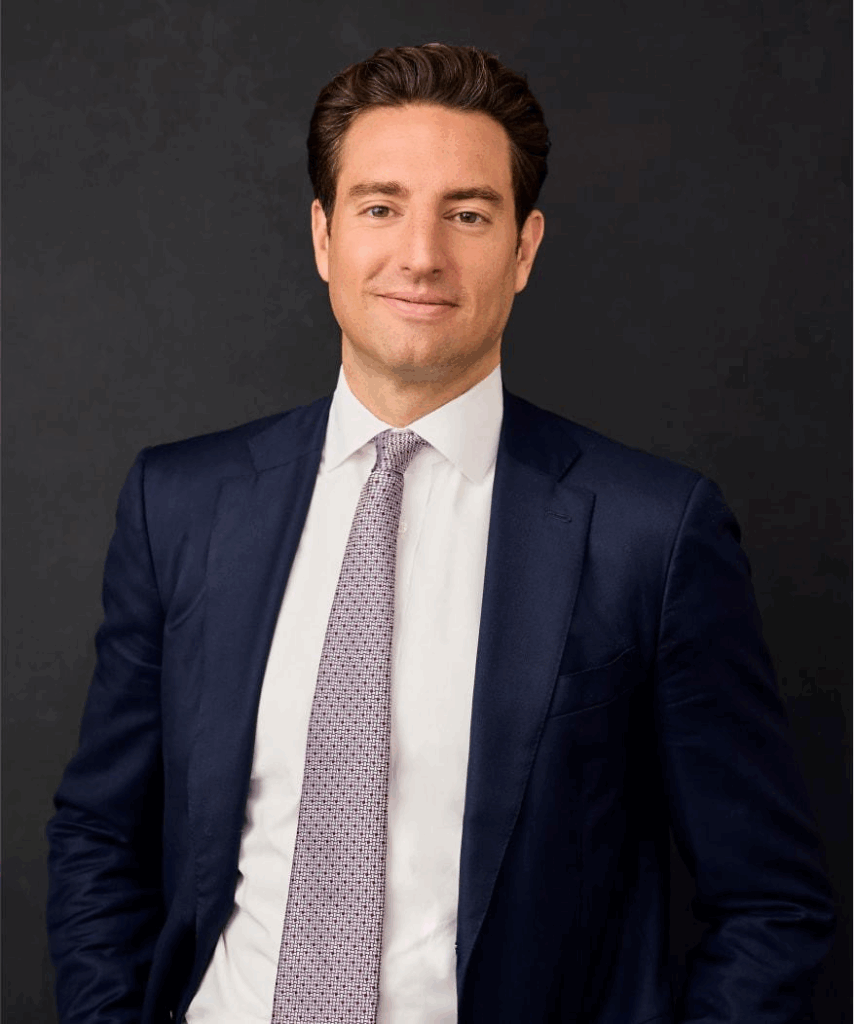
David Lippin, a partner and head of investor relations at One Equity Partners.
LPs in Asia and the Middle East include sovereign wealth funds, insurance companies, pensions, and asset managers. In Europe, OEP benefited from increased activity among family offices, pensions, and insurance firms.
OEP worked with placement agent Asante Capital, which Lippin credits in particular with helping to drive fundraising efforts in Europe thanks to investor relationships.
“They were great partners to have and work alongside in what was a tough fundraising environment,” he said.
In the US, meanwhile, the fund is comparatively light on exposure to pension plans. Overall, the re-up rate for Fund IX was approximately 85%.
“If a big portion of your investor base hasn’t re-upped, it’s hard to build momentum later,” added Lippin. “We were fortunate to be on the other side of that—we have strong existing partnerships, got a big commitment early, and thus were able to maintain momentum and close quickly.”
Fund IX is already around one-third deployed. Overall, OEP expects to deploy around two-thirds of the capital in the US and a third in Europe, in line with its historical average.
In August, OEP agreed to acquire BARTEC, a Germany-based provider of safety and explosion protection technology, from a consortium led by Bridgepoint Credit and Alcentra.
“A lot of what we’re doing in Europe involves helping businesses expand into the US and become global players in their industry,” said Lippin.
As previously reported, OEP intends to keep targeting mid-market investments in the industrials, healthcare and technology sectors on both sides of the Atlantic, with target companies typically valued between USD 100m and USD 1bn in enterprise value (EV). Targets typically have EBITDA in the USD 10m-USD 150m range and USD 100m-USD 750m in revenue. Equity checks fall between USD 30m and USD 150m per deal, excluding co-investment.
Corporate carve-outs represent the main opportunity currently, particularly in industrials, but also in tech and healthcare, according to Lippin.
“We’re seeing a lot of corporates selling their orphans – assets that for whatever reason were neglected,” Lippin said. “This becomes a real opportunity to find good businesses at attractive valuations.”
Higher interest rates and tighter capital allocation are prompting corporates to shed non-core assets, presenting an opportunity for private equity investors to find businesses at attractive valuations.
“We’re observing a lot of companies that had very favorable operating conditions for a long time and a relatively low cost of capital,” he added. “Today, with higher interest rates, their cost of capital is higher, capital allocation decisions are tougher, and the public markets are still a pretty tough place for companies.”
On the realization front, OEP has made three exits this year. In January, it notably exited WW Williams, after tripling the Colombus, Ohio-based aftermarket parts and services provider’s EBITDA since its investment in 2016.
In July, alongside Warburg Pincus and Green Cement Investments, OEP announced an agreement to sell its stake in Eco Material Technologies, a provider of sustainable cement alternatives, to CRH.
“We’ve been able to get deals done in a slower market and delivered distributions consistently over the last few years in what’s otherwise been a sluggish exit environment,” said Lippin.
Part of OEP’s approach is maintaining flexibility around exit scenarios. Besides an outright sale, it has also looked at dividend recaps, among other options for its assets. However, a sale to a strategic remains its preferred route – as was the case with Eco Material Technologies – and such deals account for around 70% of exits.
“Our primary focus is selling to strategic buyers,” said Lippin. “From the outset, when we strike a platform acquisition or even when we first look at an investment, we’re thinking about which strategic buyers might be interested in the company we’re building.”





